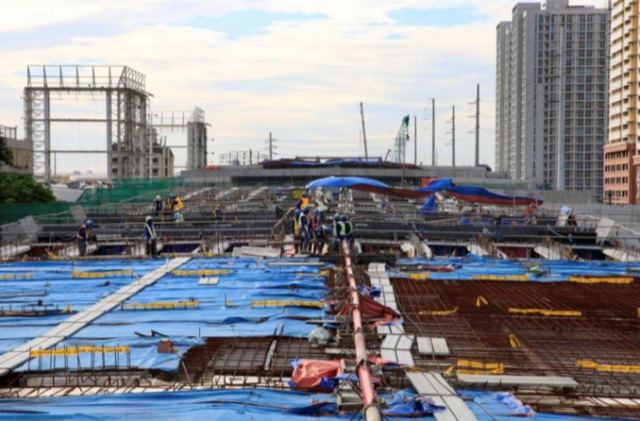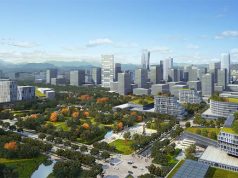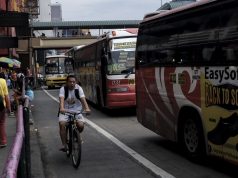MANILA – An urban regional planner is pushing for a three-pronged strategy to strengthen land use planning, including physical and digital nationwide connectivity.
Arturo Corpuz, Trustee of the Foundation for Economic Freedom, said the country’s National Physical Framework Plan (NPFP) should focus on maximizing connectivity within one to two hours interval.
“Because this is where you get the biggest bang for your urban areas, not just Metro Manila,” he said during a lecture on a national land policy in the Philippines on Wednesday.
Corpuz said there is also a need to make cities and production areas work much more efficiently, and mitigate the negative impacts of increasing population.
He cited a book indicating that wages, economic growth and service output tend to increase by 115 percent per capita as a city’s population doubles.
“You only need an 85-percent increase in the amount of infrastructure (roads, power, water, drainage, etc.),” he noted. “It is like increasing the amount of infrastructure by only 85 percent to account for the 100 percent.”
Corpuz said the NPFP should be developed also for sustainability and disaster risk reduction.
While House Bill 5240, or the National Land Use Act (NALUA), is not a plan, its policies and principles should frame and guide the NPFP and other plans, he said.
According to him, the NALUA was certified a priority bill by President Rodrigo Duterte last July.
For her part, Mercedita Sombilla, Assistant Secretary of National Economic and Development Authority (NEDA), said a chapter on national spatial strategy (NSS) adopting the principles of agglomeration and connectivity to achieve sustainable and inclusive growth had been included in the new Philippine Development Plan (PDP) 2017-2022.
“We deem the great potential of scale and agglomeration, in particular the development of cities and urban areas not only as engines of growth but as measures to maximize economic efficiency and minimize the negative impacts of increasing population,” she said.
Sombilla also underscored the role of infrastructure in providing efficient connective networks of these sustainable urban and rural communities.










